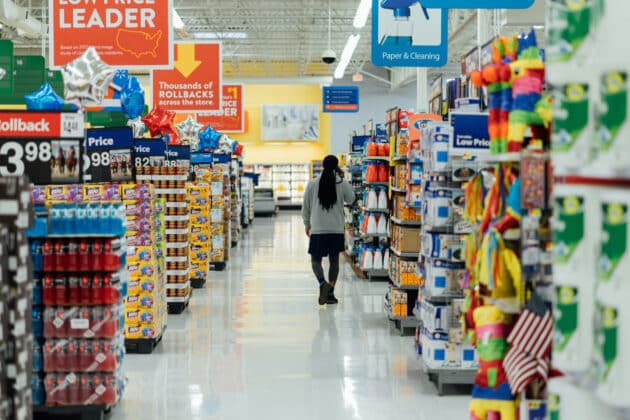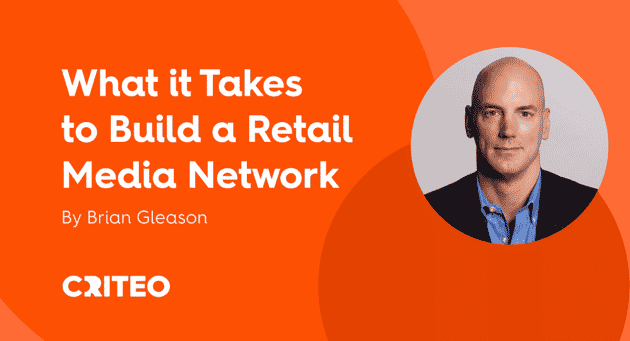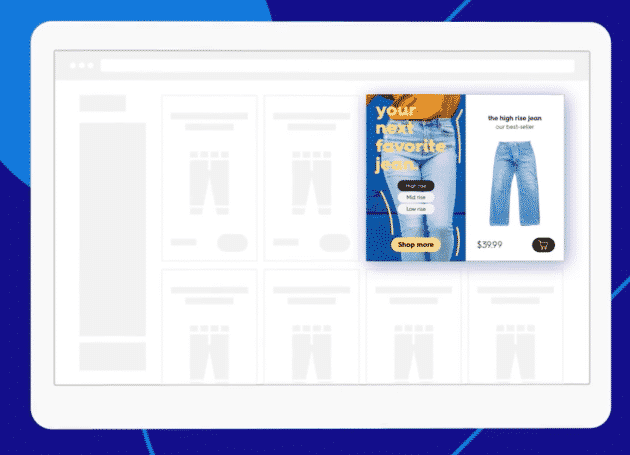If you were hoping to welcome fall with pumpkin spice latte syrups or seasonal Starbucks mugs, you’re going to have to start looking closer to home this month. The Starbucks online store is gone.
This can seem like a surprising decision, especially in a world where just about everything, even your cup of morning joe, is just a few taps away. Today, some retailers are opting to buck the trend toward digital. Several brands are dialing back their online channels to better connect with shoppers where it often matters most — in real life. Leading the charge is one of America’s favorite coffeehouse chains, Starbucks, which just closed the online store completely.
Here’s why, and how other brands are innovating in the offline space:
Starbucks shutters its online stores.
Earlier this month, Starbucks spilled the beans on why it’s doubling down on its brick-and-mortar strategy and why the online store is gone: the company wanted to simplify all sales channels and emphasize unique, immersive in-store experiences. It’s among several major changes the coffee company has undergone over the past few months, including announcing the closing of nearly 400 Teavana mall locations by 2018. While Starbucks-branded products will still be available through a few other retailers, namely grocery stores and Amazon, it’s clear that the leadership believes the retail climate is evolving.
On what the future of commerce looks like for brands, Starbucks chairman Howard Schultz expressed his outlook a few months ago:
“Every retailer that is going to win in this new environment must become an experiential destination,” he told investors in April. “Your product and services, for the most part, cannot be available online and cannot be available on Amazon.”
Caffeine addicts can still get their mobile fix by ordering on their devices via the Starbucks app, (for in-store pickup only). But in a detailed list of FAQs about the announcement, the company encourages customers to visit its physical locations to buy products like mugs or coffee.
Costco and Walmart ramp up their delivery options.
In the ongoing commerce quest to win more shoppers through speedy delivery, Costco is launching CostcoGrocery, a service that will offer two-day delivery on products ordered through its website, with free shipping for orders over $75, according to The Wall Street Journal. Costco also announced that it’s expanding its delivery relationship with Instacart to include more locations and a wider selection of fresh items.
Meanwhile, the New York Times reported that Walmart is amplifying its ecommerce efforts to further compete with Amazon. Viewing grocery pickup as a way to marry its ecommerce business with its huge network of stores, Walmart began ramping up this service two years ago. Through it, shoppers can select their groceries online, while others pick these items off of store shelves and then deliver them directly to those shopper’s cars when they arrive in the parking lot. Today, the service is available in about 1,000 of Walmart’s 4,699 stores across the country.
In addition, Walmart’s acquisition of Parcel, a Brooklyn-based company that handles scheduled and same-day delivery services in New York for online retailers like Bonobos, is helping the company and Jet.com offer same-day delivery in New York City. Parcel should help reduce operating costs and meet today’s rising shopper expectations of quick delivery when placing online orders, especially those filled with rapidly consumed products. To compete with Amazon Prime’s select free two-hour and same-day delivery options, Jet and Walmart plan to make both general merchandise and fresh and frozen groceries available for express delivery.
So while today’s digital shopping landscape continues to change, offline touchpoints are becoming more important than ever. Whether it’s an atmospheric coffee shop that keeps you coming back for your favorite beans, bagels, and baristas, or the big box retailer that’s able to put tomato sauce, garlic bread, and spaghetti noodles in your hands in time for Sunday night dinner, in-real-life moments will continue to emerge as brand differentiators. When executed consistently well, look for offline excellence to be the key that turns more one-time shoppers into brand loyalists.




















